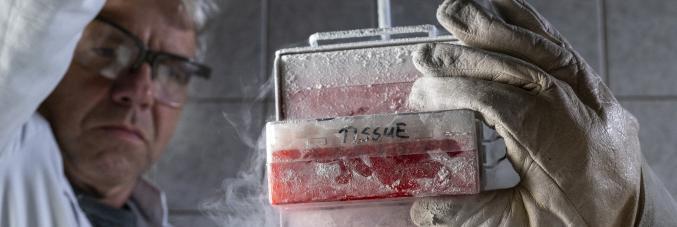
The Ethics of Biobanking for Biodiversity Conservation
16.09.2024
In response to the global crisis of biodiversity loss, biobanks are increasingly being established to safeguard and restore genetic diversity. Preserved tissues and cells enable scientists and conservationists to work across spatial and even temporal fragmentation in declining wildlife populations and to employ assisted reproductive technologies, that is, as long as biobanks can be used safely and ethically.
In a new scientific article published in the journal Cryobiology, the BioRescue team, of which the University of Padua is a member, systematically analyzes these ethical issues including animal welfare, ownership, good practices and more.
To help address these conservation issues, BioRescue has adapted the ETHAS ethical assessment tool to apply to the biobanking of various types of biomaterials, such as tissues, reproductive cells, embryos, and cell cultures. ETHAS is a systematic, checklist-based self-assessment tool that covers environmental ethics, animal welfare ethics, social ethics, and research ethics involved in biobanking procedures.
"If new horizons for conservation are opened up through the use of new biotechnologies such as biobanking, we must ensure that we make wise decisions for the environment and the ecosystem, for the welfare of the animals involved, for society and its institutions and regulations, as well as for good scientific practice," says Barbara de Mori, professor at the University of Padua, who leads ethical research in BioRescue.
The ethical evaluation of biobanking activities, however, is still in its infancy, the BioRescue team summarizes in the scientific paper, as is the integration of genomic banks (GRBs) in the management of species of conservation interest. It is urgent not only to improve the ethical training of conservationists and professionals working in the field of biobanking but also to facilitate the establishment of GRBs as a fundamental strategy to support species conservation goals. The collection and preservation of samples and the development of living cell lines should be considered an integral part of conservation efforts as routine interventions rather than exceptions, as should their ethical evaluation.



